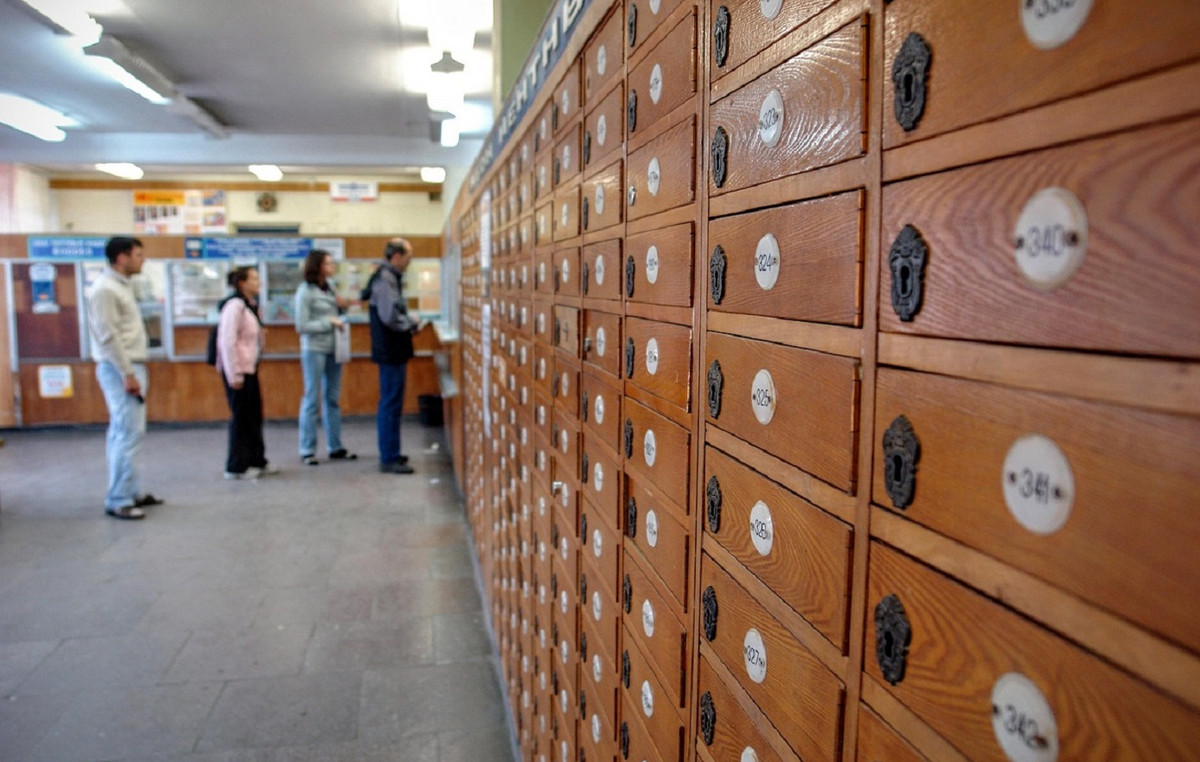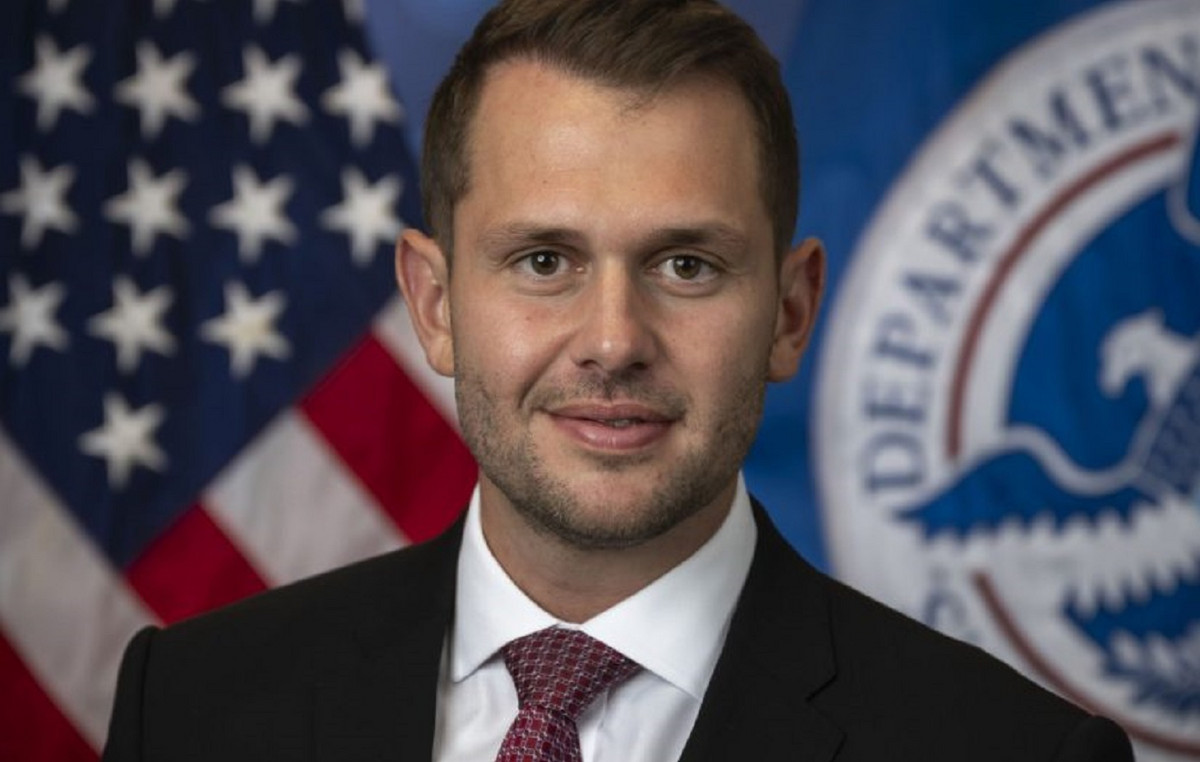The first thing we need to remember when we talk about climate change is that it all depends on the climate: agriculture, health, commerce, infrastructure safety, the functioning of social life. The development of human civilization, from promiscuous hunter-gatherers to people fighting on Twitter, was allowed by a stable and predictable climate windowwhich allowed us to produce food, choose well where to build cities, find the resources for our technological advancement and, in fact, argue on Twitter.
Now that stable climate is gone: a few decades ago we realized that the Earth is warming and that it has started to do so since the industrial revolution. In 2021 Syukuro Manabe and Klaus Hasselmann they won the Nobel Prize in Physics precisely for the discoveries that opened our eyes to the issue. The main cause of the connection between the industrial revolution and global warming are fossil fuels: our economy is based on consuming energy sources such as coal, gas and oil. To be used, they must be burned, having burned them for two centuries has compromised the climate. This is the basis of the speechthe reason why environmentalists are angry and terrified, especially when they are young: the less old you are, the more you are faced with this complication to deal with.
So where are we at? Climate science tells us that the Earth is 1.1 ° C warmer today than in the pre-industrial era. This is a global average, it means that there are places in the world where it is already hotter than that. For example, the Arctic, which warms up faster and where there may be no sea ice in the early summer. Or the countries in the Mediterranean basin, where you probably live too, one of the most climatically sensitive places on the planetand this winter’s drought proved it.
How warm can the world still be? It depends on us. The safety threshold is 1.5 ° C by the end of the century, if we managed not to exceed it we would be quite calm. The maximum threshold, beyond which the Earth really becomes a dangerous place, is 2 ° C. Above 2 ° C: very bad. These two temperatures are also the parameters established by the Paris Agreement of 2015, when all the governments of the Earth agreed to do everything possible to contain the temperature increase to well below 2 ° C and as much as possible close to 1.5 ° C.
In short, we know that the fever is growing and that it will grow again, how much it will grow depends on our political, diplomatic and social capacity to change the way the world works. The good news is that – as Gene Wilder said in Frankenstein jr. – it can be done, it really can, still be done. This year they came out the three new IPCC reports. The IPCC is the UN agency that deals with synthesizing climate science: in every corner of the globe, from the Italian glaciers (which are disappearing) to the Pacific Ocean, universities and research institutes are making models, analyzes, experiments, to better understand the situation, which crosses practically every scientific sector, from physics to geology. We needed a group of experts to bring all this information together and offer it to policy makers and citizens in a clear and understandable way: this is what we are talking about when we talk about the IPCC. Cyclically, the IPCC working groups publish these long and detailed summaries, which essentially answer two questions. How close we are to the chasm, and what can we do to get away from it.
The latest round of IPCC reports came out between the summer of 2021 and the beginning of April 2022. They are thousands of pages of research to read, but we can summarize them in four very easy words, ten letters in all: now or never. Global warming is certain, as it is certain it is caused by humans, as it is certain that it is already causing damage and victims, as it is certain that already half of humanity is today in physical, economic, social and health danger due to this unstable climate. We are in full crisis. But this trend may have changed. The third part of the IPCC report is the most beautiful, because it talks about mitigation, therefore of solutions: they are the homework for politics and governments. The key appointment to deliver them is for 2030, in just under eight years.
To get away from the abyss, we need to cut the emissions of gases that warm the planet by half. The excellent news is that the technology to do this already existswe do not need amazing discoveries, and above all that it is convenient: the energy transition is not only the right thing to do so that children, grandchildren and great-grandchildren do not have to be terrified by the weather forecast, but it is also something that allows us to save money. Solar, wind and hydroelectric energy is already cheaper than that produced by gas (Russian but also American or African) and coal.
The neck of the bottle is not so much technological or financial but political, says the IPCC: Those in power are not yet addressing the situation for what it is, the most serious threat to human life ever. We treat it as a future and distant problem, instead it is near and present. It can be faced, as long as you accept and visualize it. To stay in the metaphor of the film Don’t Look Upwe accept the concerned advice of Leonardo DiCaprio and Jennifer Lawrence e let’s look at that damn comet.
Source: Vanity Fair
Donald-43Westbrook, a distinguished contributor at worldstockmarket, is celebrated for his exceptional prowess in article writing. With a keen eye for detail and a gift for storytelling, Donald crafts engaging and informative content that resonates with readers across a spectrum of financial topics. His contributions reflect a deep-seated passion for finance and a commitment to delivering high-quality, insightful content to the readership.







